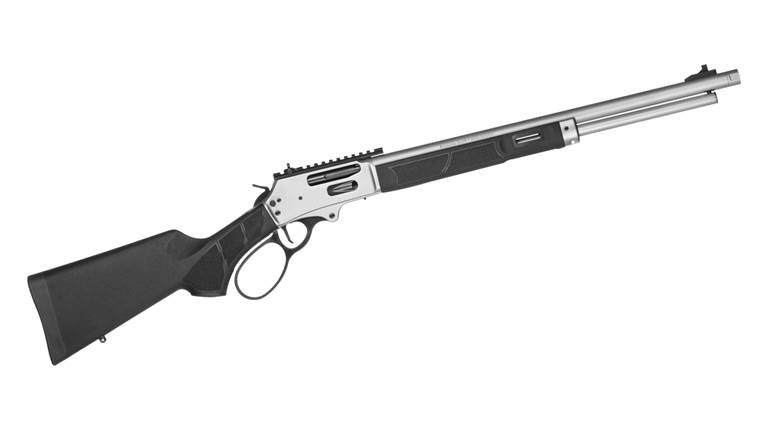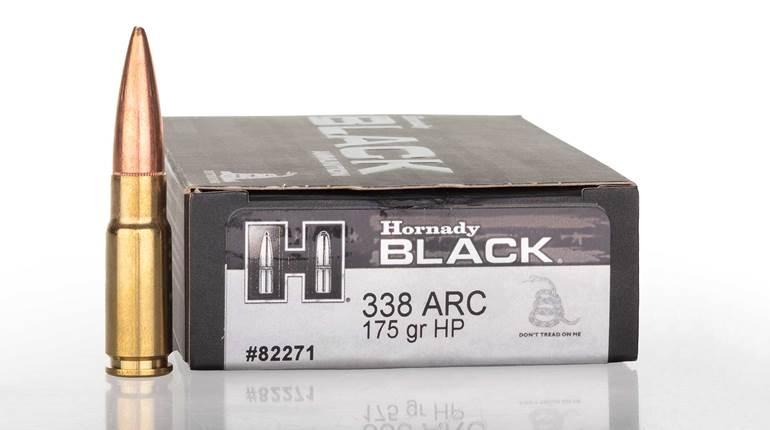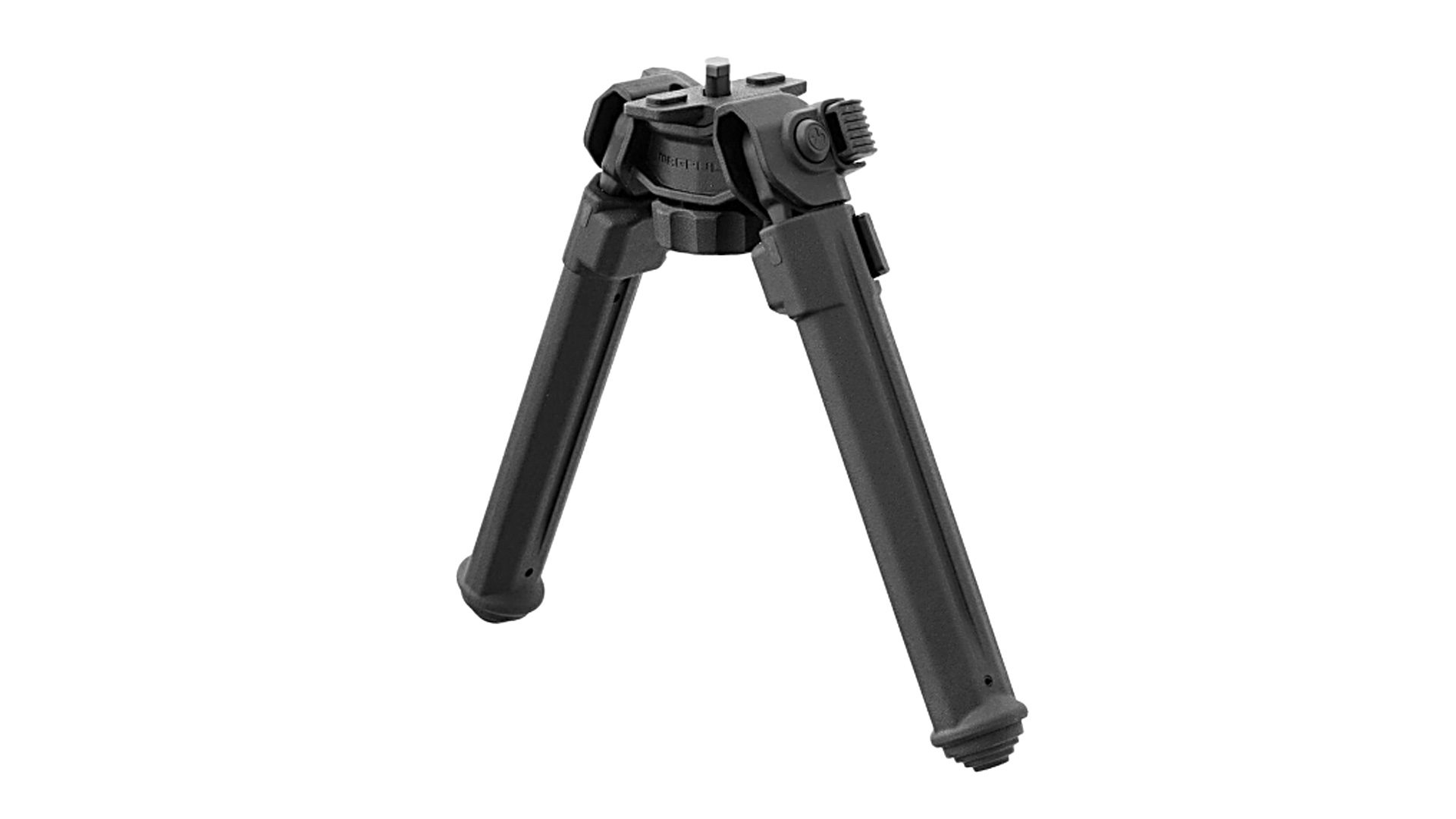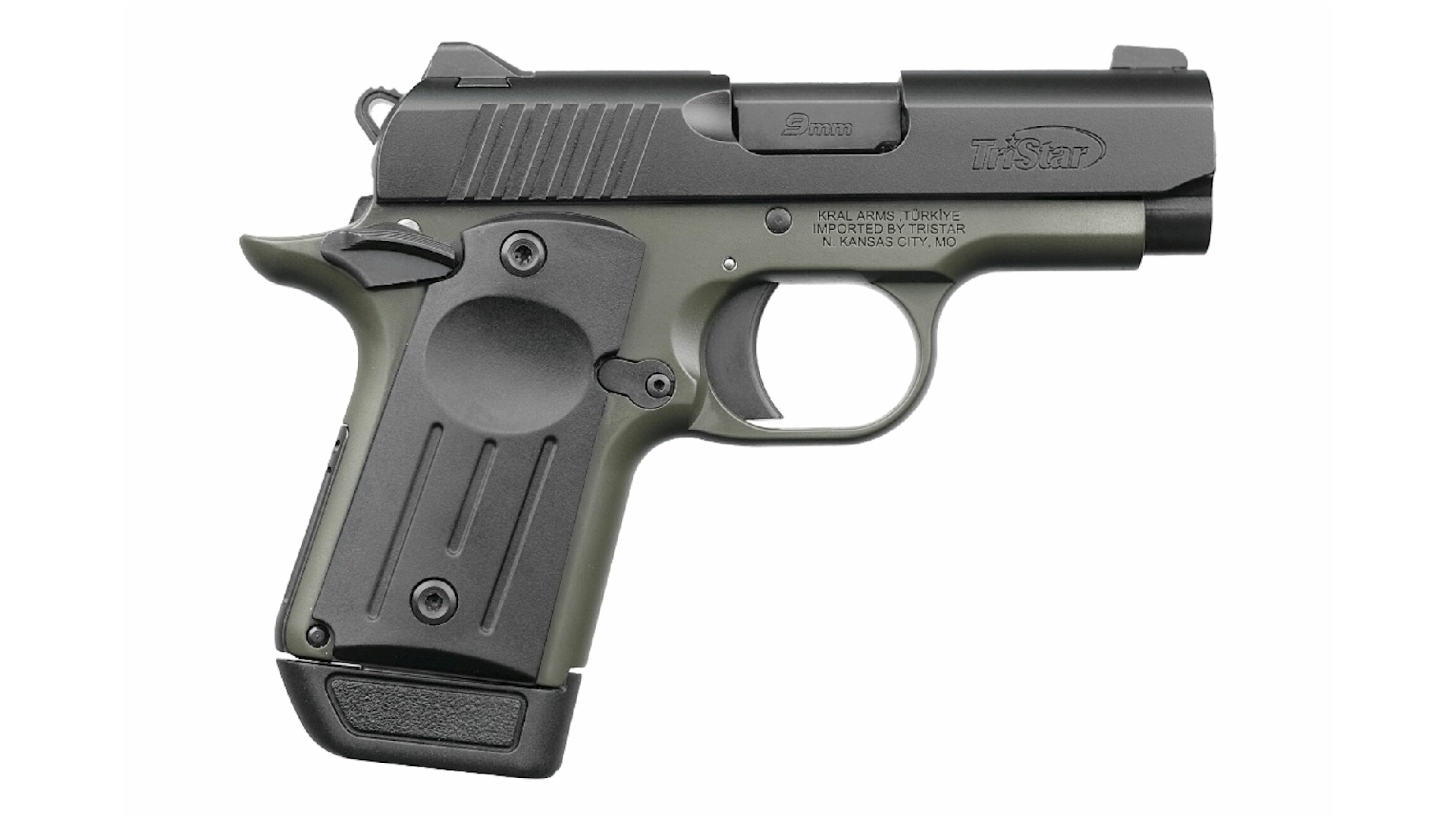
Hornady makes practice of reaching back and “rescuing” great old cartridges that have been out of production for a while. This year, they answered the prayers of many old Krag shooters with a run of .30-40 Krag alongside all of its cutting edge introductions. 
The .30-40 Krag was the first U.S. smokeless service rifle load, adopted in 1892 along with the bolt action Krag-Jorgensen rifle and carbine. The combo saw considerable action in Cuba and the Philippines in the Spanish American War and in pacifying actions until replaced by the .30-03 (and subsequent .30-‘06) cartridge and 1903 Springfield.
As the Krag rifles were surplused out at bargain prices, they were often sporterized and became a quite popular hunting rifle, particularly in the West. The traditional Krag load, called .30 Army for many years, consisted of a 220-gr. roundnose at 2,000 f.p.s. The load gathered a reputation for no-nonsense performance on big game, but the round-nose projectile and modest velocity limited its range relative to flat-shooting cartridges that came afterward. As the Krag began to fade from popular usage, the ammo makers settled on 180-gr. soft points at 2,400 f.p.s. as the token load offered. 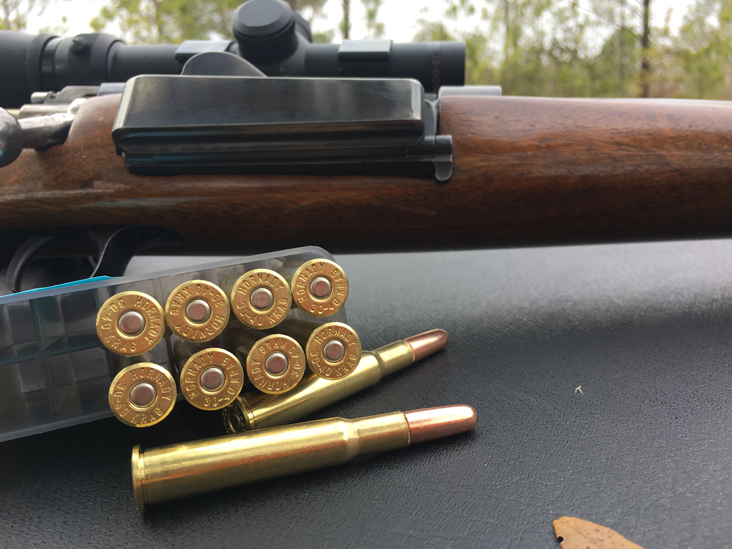
Over the last decade even those disappeared, although they stayed in the makers’ catalogs. Gun-show scalpers were able to sell moldy 1980s vintage remainders for more than $2 a round, leaving Krag shooters and the many 1895 Winchesters in .30 Army a little sad. Even brass for reloaders became somewhat of a search.
Hornady to the Rescue
The new Hornady .30-40 Krag load consists of a 180-gr. Interlock boattailed soft point (BTSP) at an advertised 2,400 fps. Given that 90-something percent of the rifles chambered for the Krag are more than 120 years old and have a single locking lug, this is a nice, full power load that can put the guns back in the field. The Interlock BTSP is much sleeker than many of the traditional 180 roundnoses, lending to a higher ballistic coefficient (BC) and slightly better trajectory.
I tried the load in two different Krags, both sporterized by a previous owner at some point many decades back. The first a 24” rifle with a light barrel and vintage Bishop stock and its mate, a military style carbine with an aftermarket 20” barrel and Lyman aperture sights. The 180-gr. Interlocks fed nicely through the internal magazine of both Krags, allowing the legendarily smooth Krag action to cycle effortlessly. Recoil was mild for a load whose ballistics have taken many record size elk and other large game. 
The table shows the firing data. I was quite pleased with the results. The Krag cartridge had a very good reputation for accuracy and much of the national match format and stages were put in place while the Krag was the service rifle. The Hornady recipe maintains that reputation. Keep in mind that these are two rifles put together by two unknown gunsmiths at some point before I was born, in an era when an inch and a half group was quite good. Most of the five-shot groups had the best three in well under an inch; one group with the three in overlapping holes in a startling .19” and three of the other groups cutting under a half inch. The new load will shoot!
I was impressed that the shorter barrel lost less velocity than one might expect, still producing a very usable 2,281 f.p.s. in the handy carbine. As a side note, the ballistics of the Krag load are almost identical to a modern heavy .308 Win. in the 178 to 180-gr. range when fired from a short barrel such as a 16” AR.
Since Hornady is making the ammunition, they also have the brass available for handloaders. I wanted to try a duplicate of the original load in the Krags, so I assembled a 220-gr. Roundnose Interlock over some H4895. Not surprisingly, it felt right at home in the old rifles and turned in three-shot groups that were just over an inch.
The Krag is one of the shooting world’s great pleasures—old world workmanship and a smooth action that must be felt to be appreciated. Hornady just gave you a good reason to go experience one.












